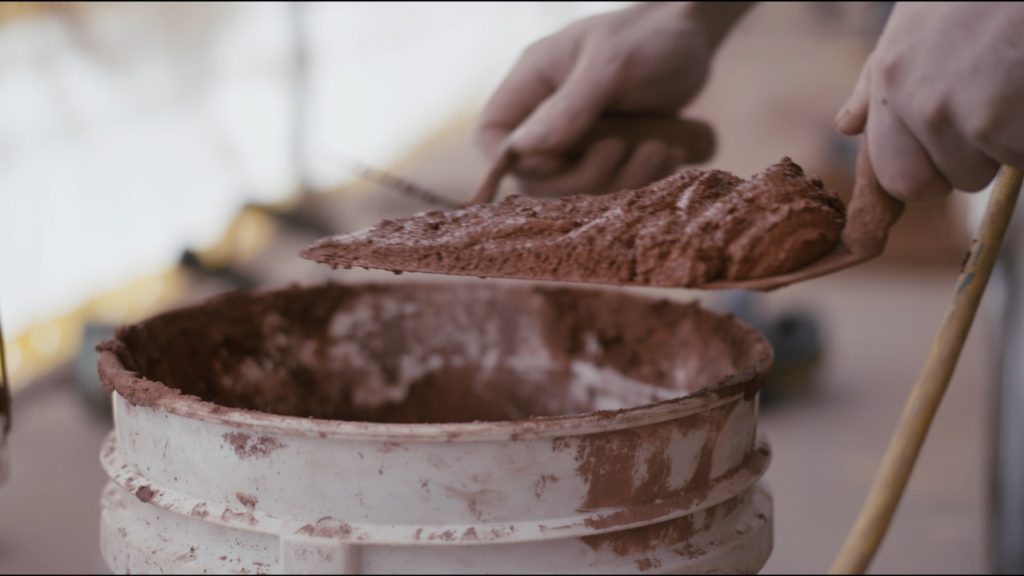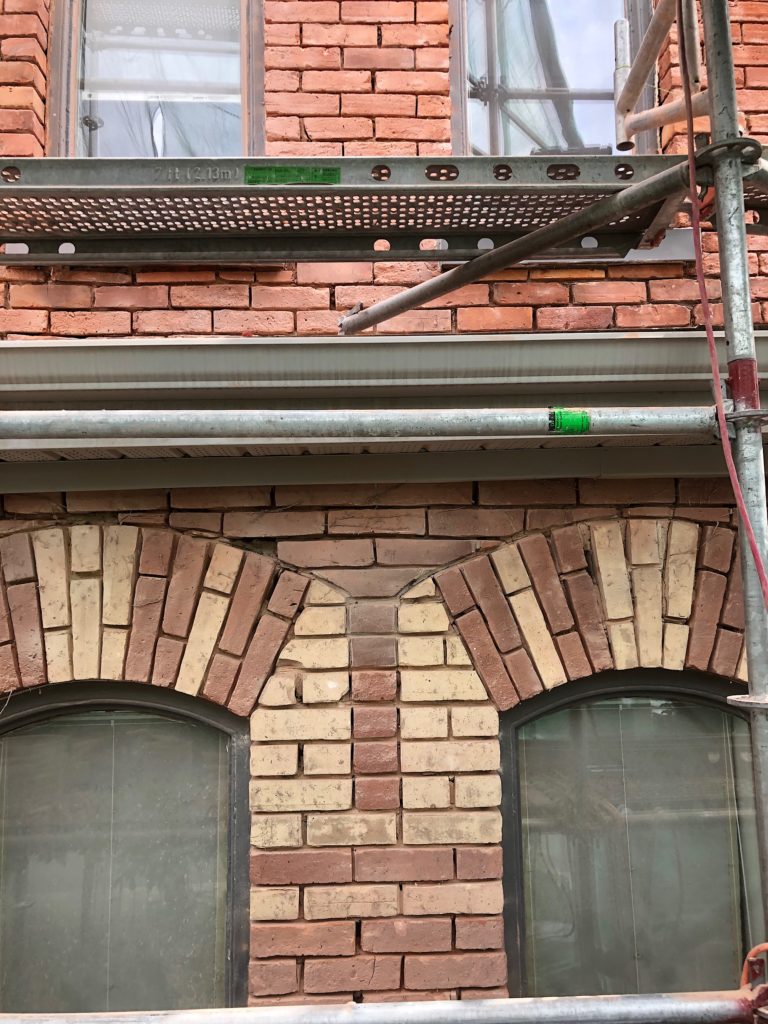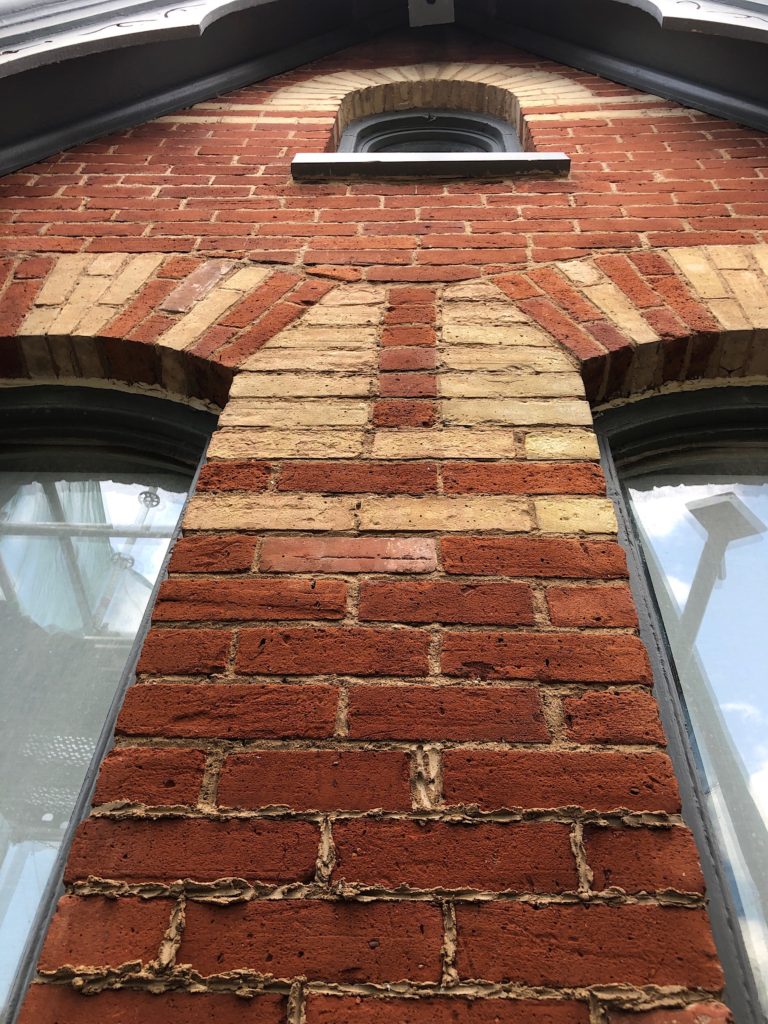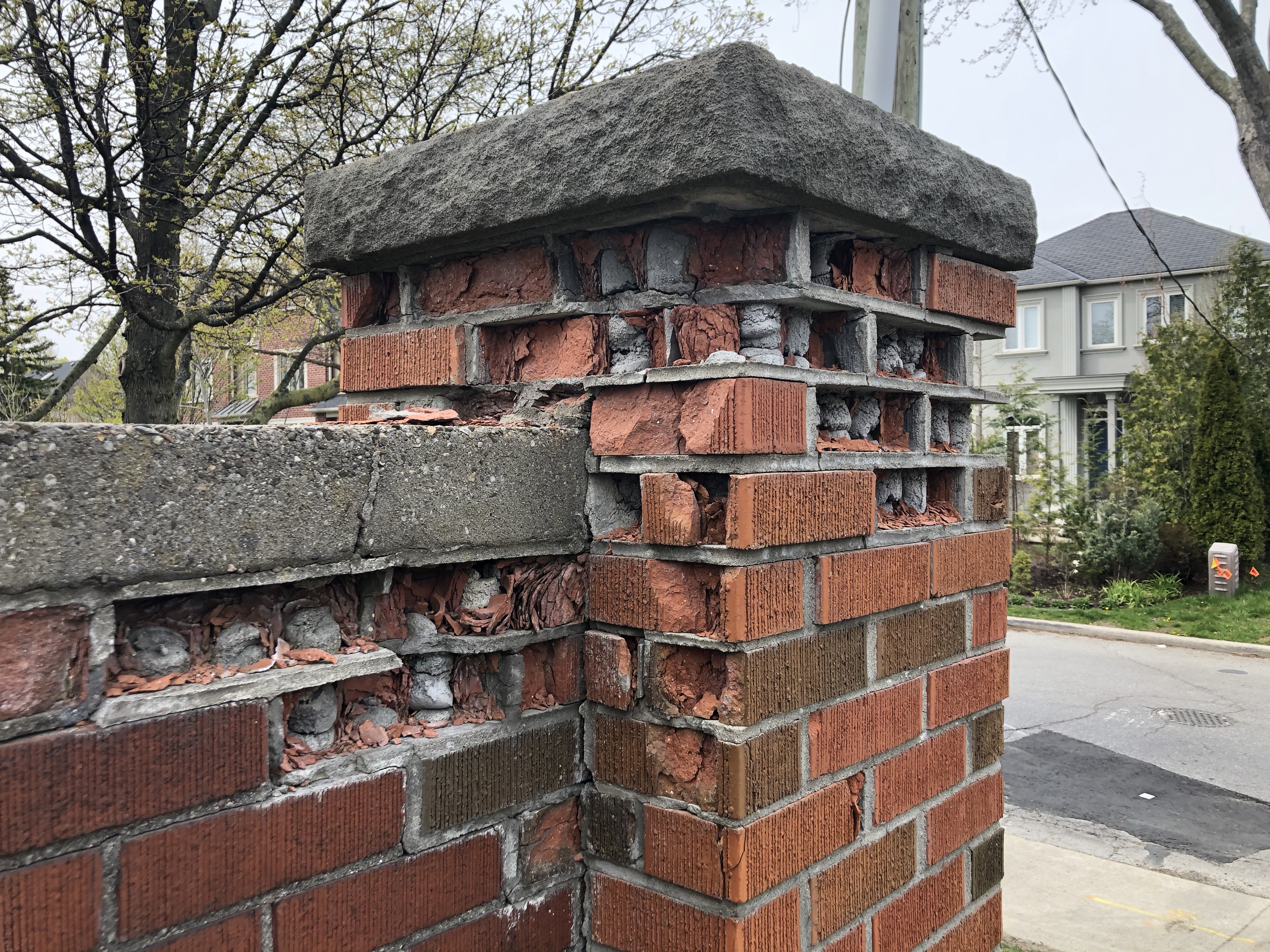
What is mortar?
Mortar, a fundamental component in masonry, serves as the binding agent that holds bricks, stones, or other building units together. Comprising a mixture of cement/lime, sand, and water, mortar plays a critical role in providing structural stability to masonry constructions. Its primary function is to create a durable and cohesive bond between individual masonry units, facilitating load-bearing capacity and resisting various environmental factors. Mortar acts as a buffer against movement, distributing stress and accommodating slight shifts in the structure. Depending on the construction era and requirements, mortar compositions can vary, with traditional lime-based mortars known for their breathable properties in older structures, while contemporary constructions often utilize cement-based mortars for enhanced strength and impermeability. The proper selection and application of mortar are vital for the long-term integrity and resilience of masonry structures.


What is lime mortar?
Lime mortar is a traditional building material composed of lime, sand, and water. It has been used for centuries and was a common mortar type in construction before the widespread use of Portland cement. All of the Victorian brick houses in Toronto were built using lime mortar. It is what we use in all of our victorian restoration projects. Lime mortar works through a process known as carbonation.
Here’s how lime mortar works:
- Calcination: Lime is derived from limestone, and the first step is calcination, where limestone is heated to produce quicklime (calcium oxide).
- Slaking: Quicklime is then mixed with water in a process called slaking. This results in the formation of hydrated lime (calcium hydroxide).
- Mixing with Sand: The hydrated lime is mixed with sand and water to create lime mortar. The sand provides the necessary strength and texture to the mortar. A pozzolan can be added to give the mortar a hydraulic set.
- Carbonation: Once the lime mortar is applied in construction, it starts to cure through a process called carbonation. During carbonation, the mortar absorbs carbon dioxide from the air, turning back into calcium carbonate. This process can take a considerable amount of time, and the mortar hardens gradually.
How lime mortar works in construction:
- Breathability: Lime mortar is known for its breathable nature. It allows moisture to move in and out of the wall, which is beneficial for older buildings where moisture control is crucial.
- Flexibility: Lime mortar is more flexible than modern cement-based mortars. This flexibility helps it accommodate slight movements in the building without cracking.
- Compatibility: Lime mortar is often preferred for the restoration of historic structures as it is more compatible with the softer bricks used in older constructions. It is less likely to cause damage to the existing masonry.
- Aesthetic Appeal: Lime mortar can provide a softer, more natural appearance, which is often desired in the restoration of heritage buildings.
In summary, lime mortar is a traditional mortar that works through the process of carbonation, providing breathability, flexibility, and compatibility with older construction materials. It is valued for its historical significance and its ability to contribute to the preservation of heritage structures.

What deteriorates brick and mortar in Toronto? and why?
Water stands as the primary culprit in masonry deterioration, wielding its impact through the relentless forces of freeze-thaw cycles and salt attacks. Its inherently lazy nature drives it to find the path of least resistance and energy, exploiting the pores within masonry structures. Picture masonry as a composition of pores, where the strategic placement of sacrificial mortar becomes paramount. Without delving into technicalities, it’s crucial to note that the pore size of an appropriate mortar should be larger than that of the brick or stone, yet not excessively so. This design aims to draw water away from the masonry components into the mortar joints, strategically placing the burden of freeze-thaw and salt damage on the sacrificial mortar. Observing deep recesses in mortar joints signifies that the mortar has dutifully fulfilled its role and calls for repointing (tuckpointing) with a similar permeable mortar, ensuring the continued protection of the masonry structure.
In Toronto during winter, water can permeate into the porous structure of bricks. When temperatures drop, the water freezes and expands, exerting pressure on the brick. This cyclic process of freezing and thawing can lead to deterioration and spalling in the brick, causing structural damage over time.
Additionally, road salts commonly used in winter to melt snow and ice can exacerbate the deterioration. These salts contain chlorides, which can penetrate the brick and mortar. As the water evaporates, the salt residue is left behind, contributing to a process called salt crystallization. Faulty gutters and downspouts can cause rainwater to constantly saturate masonry. The water running off the roof can contain some form of salt which is left behind in the porous brick and mortar. This process puts additional pressure on the brick, accelerating the deterioration process.
Choosing the right mortar for repointing (tuckpointing)
Choosing the right mortar in repointing is crucial. Opting for a harder mortar unintentionally makes bricks and stones the path of least resistance. This leaves the masonry vulnerable to freeze-thaw cycles and salt attacks, resulting in the need for expensive replacements. When handling a repointing (tuckpointing) project, we start by analyzing the existing mortar. We look at color, aggregate, and joint finish to determine if it aligns with lime or Portland/lime mortar. Next, we delicately remove deteriorated joints before applying historically accurate, matching mortar using traditional techniques and tools. Our restoration ensures durability for your home. Every repointing (tuckpointing) project receives the precision and care your home deserves
For an in-depth explanation on the functionality of traditional lime based mortars click here.